Experiments on soft granular materials have allowed researchers to derive a rheological description for these materials by extending an established framework valid for hard granular materials.


Imagine knowing your milk has gone bad without having to open your fridge. A technology called printed electronics could one day make innovations like this possible.

James Tour’s lab at Rice University has developed a new method known as flash-within-flash Joule heating (FWF) that could transform the synthesis of high-quality solid-state materials, offering a cleaner, faster and more sustainable manufacturing process. The findings were published in Nature Chemistry on Aug. 8.
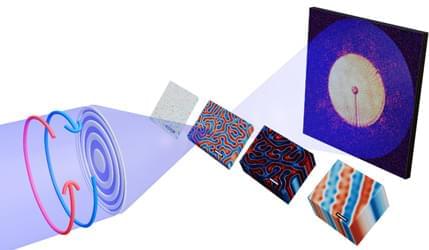
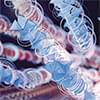
University of California, Irvine scientists recently discovered a one-dimensional nanoscale material whose color changes as temperature changes. The team’s results appeared in Advanced Materials (“Sensitive Thermochromic Behavior of InSeI, a Highly Anisotropic and Tubular 1D van der Waals Crystal”).
“We found that we can make really small and sensitive thermometers,” said Maxx Arguilla, UC Irvine professor of chemistry whose research group led the study. “It’s one of the most applied and translatable works to come out of our lab.”
Arguilla likened the thermometers to “nanoscale mood rings,” referring to the jewelry that changes color depending on the wearer’s body temperature. But instead of simply taking a qualitative temperature reading, the changes in the color of these materials “can be calibrated and used to optically take temperature readings at the nanoscale,” Arguilla said.
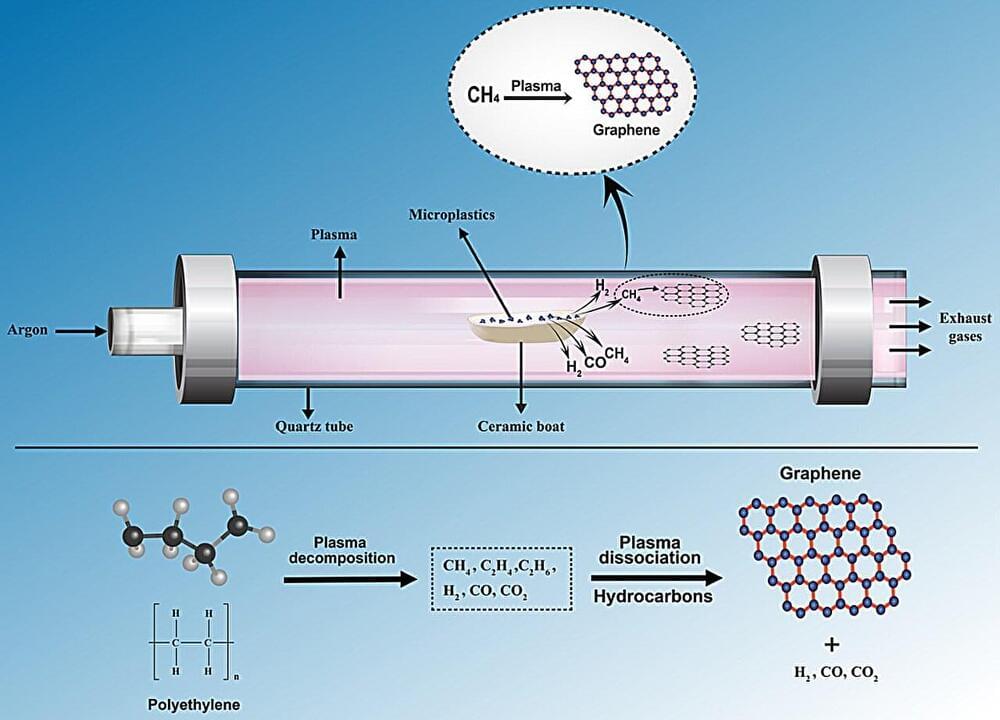
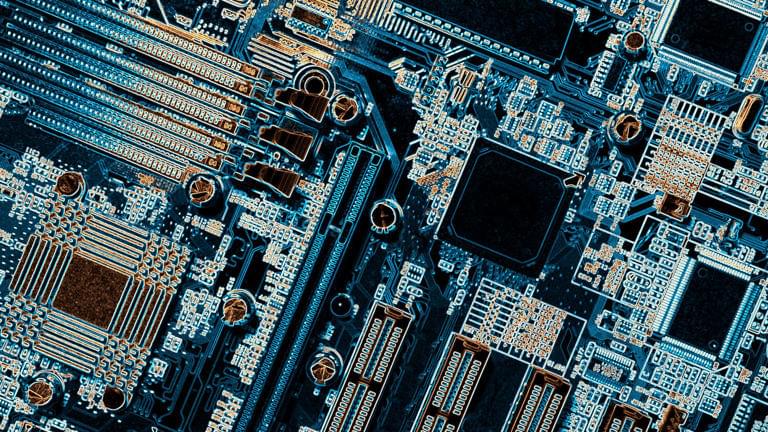
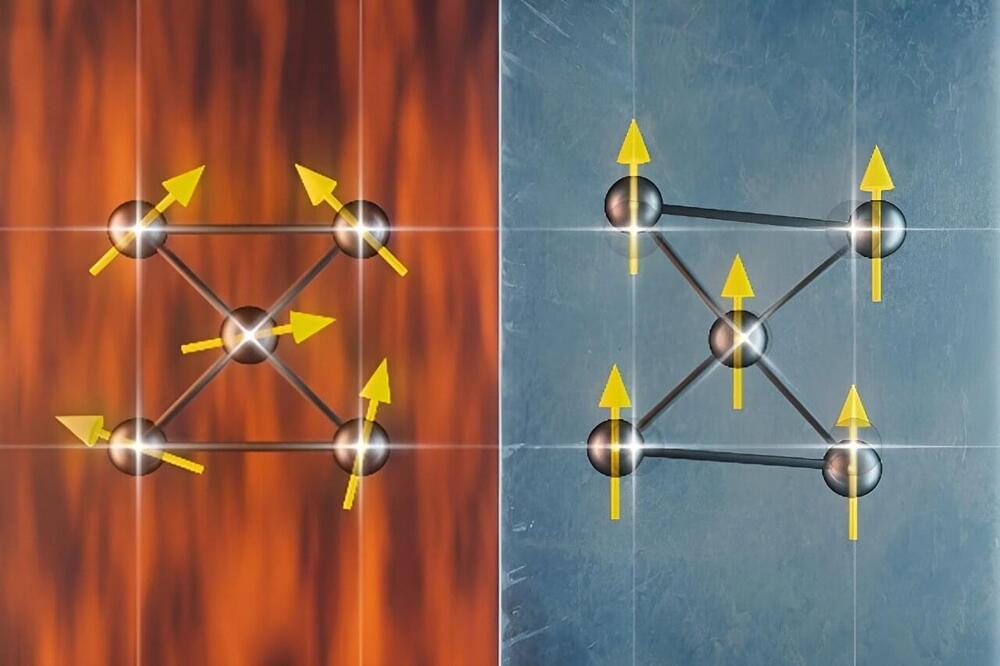
The first materials scientists might have been early humans who—through trial-and-error experiments—discovered the first “cutting-edge” technologies. They found that the best arrowheads and other tools could be made from certain types of natural, structural materials, which at the time included stones and animal bones.
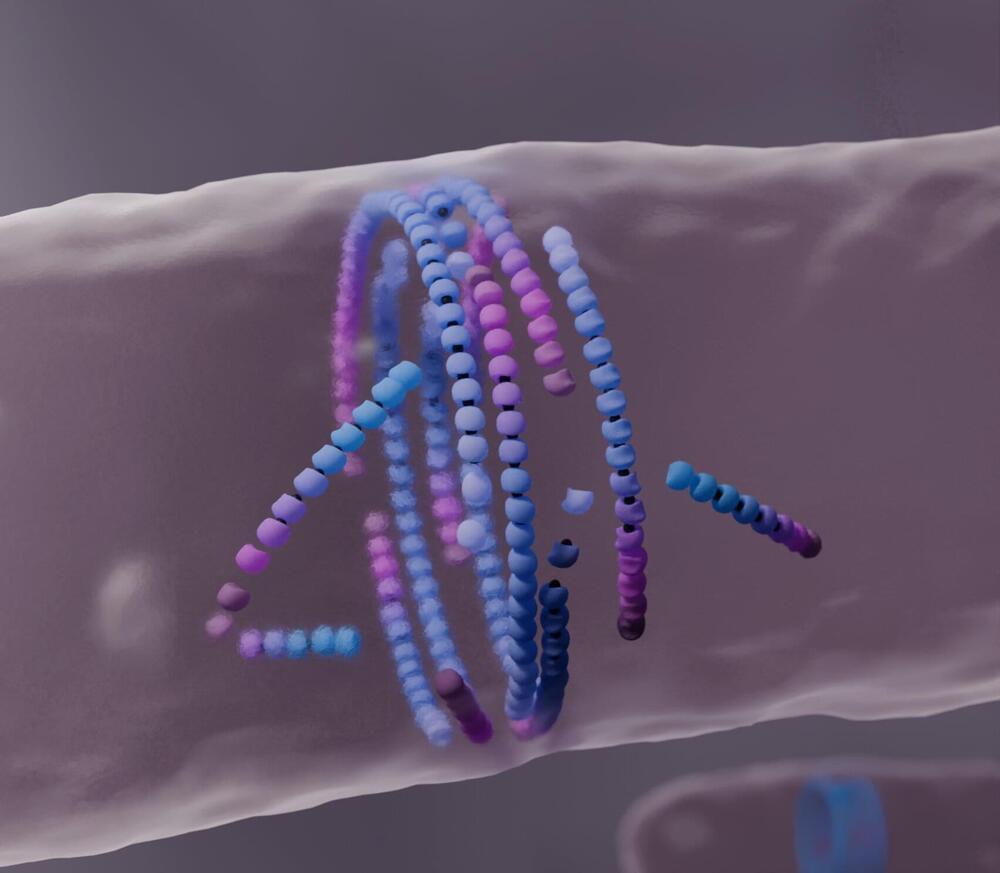
A previously unknown mechanism of active matter self-organization essential for bacterial cell division follows the motto “dying to align”: Misaligned filaments “die” spontaneously to form a ring structure at the center of the dividing cell. The study, led by the Šarić group at the Institute of Science and Technology Austria (ISTA), was published in Nature Physics. The work could find applications in developing synthetic self-healing materials.
